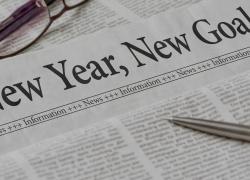Finding and attracting leads is easy, but getting them to sign on the dotted line can be a little more complicated.
Your potential clients may hesitate for a whole variety of reasons, but it’s your job to convince them that choosing you is the best thing they could do.
The first step is to stop looking at clients in the lens of a business-to-consumer relationship and start seeing them as a partner instead. Even so, the courtship spans far beyond how you perceive your clients; it’s all about how you can get clients to perceive you and your services as the right solution to their needs.
In this article, we will discuss how to transform your client onboarding process into a lasting partnership.
Here are a few tips on how to make the possibility a reality:
Be a good person
This seems like a basic concept, but it can be too easy to focus on the product or services you deliver instead of thinking about how the client perceives the deliverer of those: you and your team.
Put yourself in the client’s shoes—you wouldn’t want to work with a grouch, would you?
Be bright

First impressions are the most important part of any relationship. When I say “be bright,” I’m not talking about showing off your intelligence, but rather about being your happiest self. Be sure to smile and put on an outfit that makes you feel confident and lively (hell, you can even wear your lucky underwear if it helps!). If you feel fresh and chipper, that will radiate naturally into the client meeting and set you up for a better chance of furthering the partnership.
Be careful of negative energy
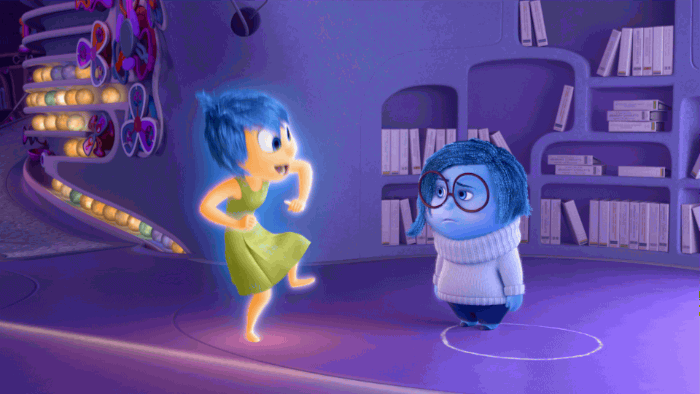
Let’s say you’ve had the worst morning: the trash bag split open on the way to the dumpster, you left your coffee on the roof of your car, and you’ve hit every single red light on the way to the meeting...all before 9am.
It’s okay to have a bad morning, but make sure that you leave all of that negative energy for
“future you” to deal with, not your present self. People in general are very receptive of moods, so it’s best to leave your personal issues at the door and face every client meeting with a positive, professional attitude. Take a deep breath, count to ten, (take a shot of whiskey if it helps), do whatever you need to do to calm your nerves, and get back in the right mindset. Your clients don’t care about the type of morning that you’ve had. All they care about is how they feel about working with you, so don’t let something personal affect the outcome of your professional life.
Treat that initial client meeting like a first date
Going to a client meeting for the first time can be nerve wracking. Are they going to like me? Did I wear the right outfit? Do I have anything in my teeth? The thoughts you have before a client meeting are very similar to first date stressors. It may seem like the client is holding all of the cards, but at the end of the day, you both have a right to refuse working with each other. So, stay calm, and remember: the client wants this to work out, too.
Be knowledgeable
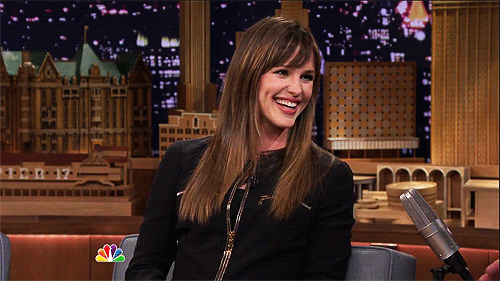
I’m sure you did some digging through social media before meeting up with someone for a first date. (It’s okay, we all pretend that we don’t do that, but all the information is at our fingertips these days.)
You should have that same mentality before meeting with a client. To start, you should know what the company does, who they consider to be a competitor, and what their creative needs are. Going into a meeting with some background about your client is expected, not suggested. This is also a personal benefit because you will have a better understanding of the project and can go more in depth about some of the project’s deliverables from the get-go.
Be responsive
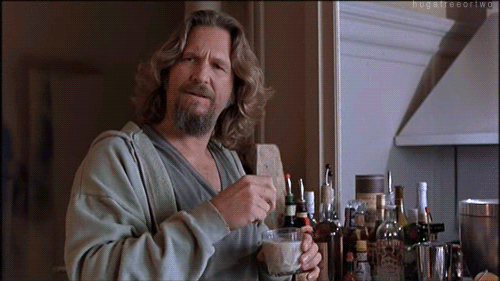
We’ve talked about the importance of active listening before. I cannot stress enough how being mentally present for the first meeting is your most important job. Being researched is important, but you can’t go into the meeting thinking that you already have all of the answers. Being responsive to the client’s ideas will allow your partnership to be more collaborative and transparent. Besides, maybe some things happened between your most recent conversation and this upcoming meeting, so it’s best to be open minded and flexible to show the client’s ideas the respect they deserve.
Get to know your client’s world
Empathy is the greatest fuel for creativity, so you should get to know your clients in and out. What are their daily challenges? What’s their work environment like? How often is someone demanding their attention? Getting to know your client is even more important than getting to know the project. After all, without clients, we wouldn’t have projects in the first place.
Empathy is the greatest fuel for creativity, so you should get to know your clients in and out. #CX #DesignThinking
In-office meeting
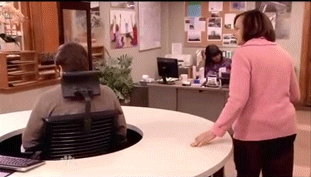
Having an in-person meeting or kick-off is highly beneficial. Going to your client’s space is a great way to get an understanding of the her office environment. You can immerse yourself in her culture by getting to know the team members, who more than likely will be providing feedback about you and your work anyway. Seeing the office environment firsthand will also help define the kind of design style that would serve the company, or at least give you a glimpse of the brand’s culture that will be captured in the design as well.
Neutral meeting spot

Even though there are a lot of benefits to meeting at the client’s office, there are some downsides to it, too. People tend to have great difficulty shutting off their work brain when they are still in that environment, so it’s a good idea to get the client away from distractions in order to talk freely about the project. Being outside of the office will allow each of you to forget about what work you need to accomplish in the office and instead just focus on the task at hand.
Be transparent
Honesty is a quality that everyone appreciates and respects. If there are certain things that you feel need to be discussed prior to agreeing on a project, it’s much better to bring up those concerns early on. After all, you don’t want to waste their time or yours, especially down the road when time is of the essence.
Communication

Understanding how your client likes to communicate is key. It’s your job to speak in their language, especially since you’ll be adopting it into the design. You shouldn’t assume that all of your clients are design-impaired, either. Some clients may really enjoy design, but the task at hand is not worth their time, which is why they are considering hiring you.
Find out how your clients like to talk about things. Do they enjoy visuals, metaphors, comparisons? You won’t always have the luxury of sitting with someone when they look over your work, so find a way to explain your design decisions to your clients in a way that they can easily relay to their team members. The more that they understand your process, the more each of you will get out of the project.
Be sure to ask your clients about how they will measure success. Companies don’t just hire designers because they want things to look nice; there is always a bigger goal or purpose for the project being proposed. Knowing how they will measure success will allow you define your deliverables and push you to solve their problems as creatively as possible.
Contracts & proposals
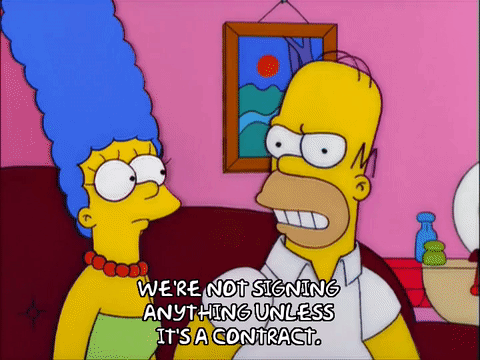
Putting together a proposal can be stressful and tedious; however, they are a necessary evil. It’s important to be very clear about every aspect of your proposal. You also don’t want to overwhelm your clients with a bunch of numbers and substitutions. Instead, make sure you hash out the deliverables and budget for the project with them before you begin the proposal. Talking about a budget can sometimes be awkward, but again, it’s necessary.
Don’t just outline the deliverables—other details are important to go over as well. For example, you can write a clause saying that if the client doesn’t get back to you in X amount of days, then you can drop the project and charge her for the time spent so far. You should also specify things like email response time and best times and ways to reach out. We’re all human, after all—we can’t be available 24/7. It’s best to have these types of things in writing; that way, if the partnership does turn sour, you have written documentation of the agreements.
To recap
- Be a good person - make sure that you do everything you can in order to feel your best and most refreshed. That positive energy will flow into your meetings and help set the collaborative vibe.
- Treat clients like a first date - make a good first impression by being positive, well researched, and responsive. Let them know that you are there to build a partnership, not just get a paycheck.
- Get to know your client’s world - be empathetic to your clients—understanding their world will ultimately set you up for a successful project. Face-to-face meetings will allow you to understand how they work and think, and you might even get exposed to some company culture in the process.
- Be transparent - honesty is always the best policy. Your clients will appreciate you being direct; they don’t have time for guessing games.
Final Thoughts
Setting up an open, collaborative relationship will allow both sides to feel confident in their decision to trust the other. Creating a partnership takes time, effort, and care. If you show those signs before the project even begins, your clients will look forward to working with you as much as you look forward to working with them, and will hopefully sign the dotted line as a result.



